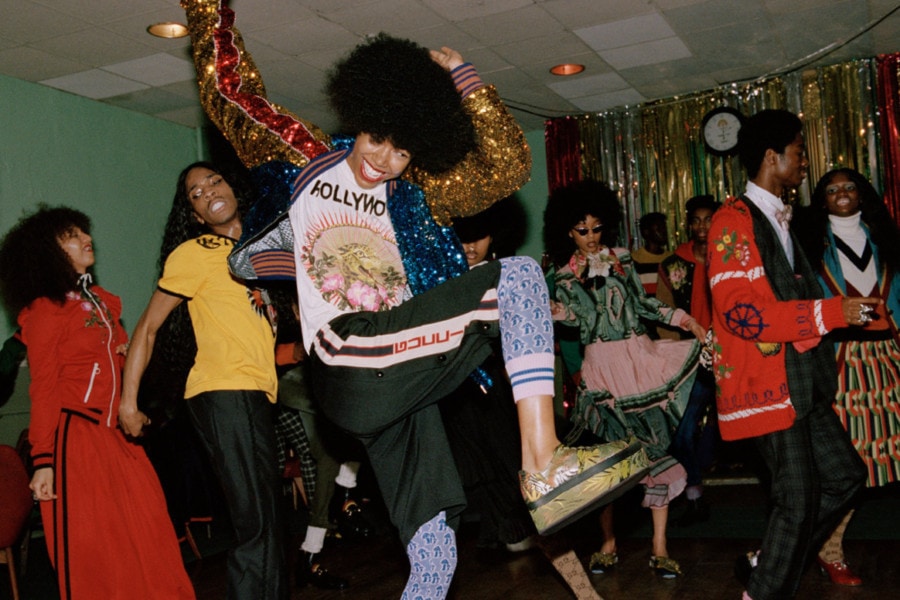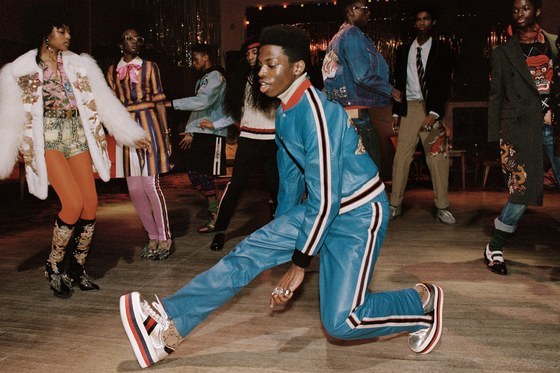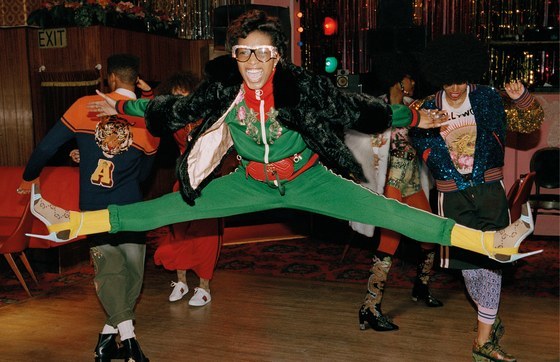Share
An African Photographer Inspired a Gucci Campaign
The landlocked African country of Mali gained its independence from France in 1960. Right around that time, a young photographer opened a small stu...

The landlocked African country of Mali gained its independence from France in 1960. Right around that time, a young photographer opened a small studio in the capital of Bamako and started taking photos of the burgeoning youth culture that was creating its own version of the swinging 60s and 70s – freed from colonial restraints.
Despite being blind in one eye, Malik Sidibé showed artistic talent from a young age, which gained him entrance into the Institut National des Arts de Bamako (then the École des Artisans Soudanais), which until 2004 was Mali’s only national arts school. Following his graduation, he interned for Gérard Guillat – the Patrick McMullan of Mali – who photographed all the high society events in town. At the age of 20, Sidibé purchased his first camera, a Kodak Brownie Flash, and a year later began photographing all the African events while Guillat focused on the European events. Traveling by bicycle, Sidebé would photograph weddings, “beach” parties, socialite functions, and dance halls.
Sidibé’s studio portraits – shot initially with a Semflex TLR – quick gained popularity due to the gonzo-esque stagings, allowing customers to drag in their motorbikes while carefully posing them like the charcoal drawings of his youth.
All Sidibé photos exude youthful energy. “The Eye of Bamako” as he was affectionately known was largely unknown to western audiences, until the 1990s when the popularity in Malian music also spurred an interest in his work and that of fellow photographer Seydou Keïta.
Sidibé’s work partially inspired the video for Janet Jackson’s 1997 Got Til It’s Gone, which weathered some criticism over cultural appropriation. Sidibé laughed off such discussion, reveling in his newfound fame.
Twenty years later, Gucci found inspiration in Sidibé’s photos and Creative Director Alessandro Michele tapped renown fashion photographer Glen Luchford to recreate that Bamako vibe with an all-black cast – perhaps in response to the blunt criticism it has received in the past for a lack of diversity in its models and the cultural appropriation in its campaigns.



The campaign has its detractors, but as homage, Luchford is successful. There is nothing particularly groundbreaking in the fashion or the photos – without the presence of the logo, you might be hardpressed to know that this was a 21st century ad campaign. But perhaps that’s the greatest compliment to Sidibé. His vision remains unique and refreshingly contemporary some fifty years later.


